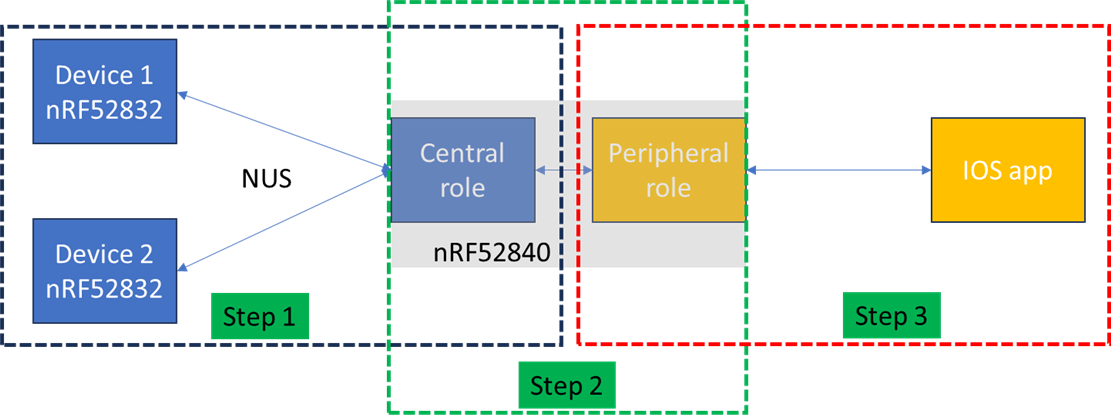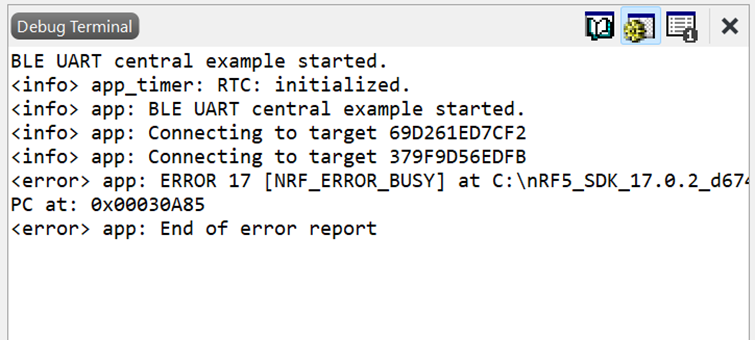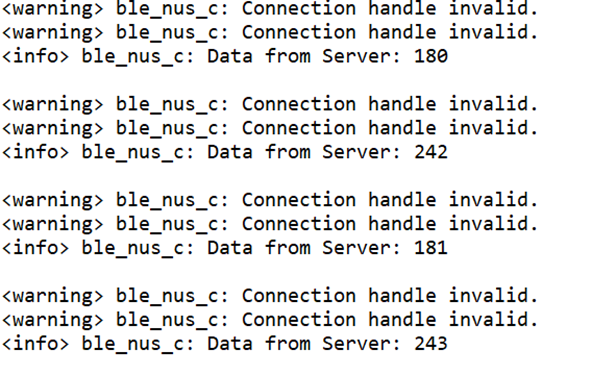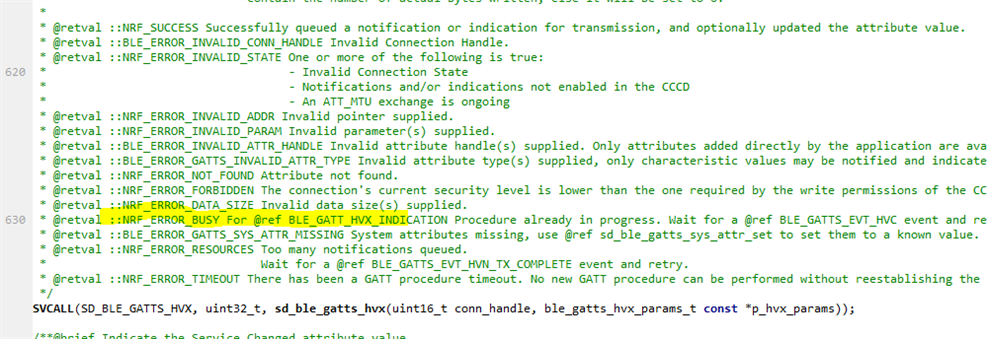Hello everyone,
I’m trying to concurrently transmit data from two separate BLE devices to a smartphone. After reading several posts and other resources, the following are two different configurations that I probably use. I have several questions regarding these configurations before going to implement:
- Each BLE peripheral device has 1 or 2 biosensors and I wanted to send it continuously, say 32 bytes with minimum sampling rate of 250 samples/second. For both configurations, are they able to send that amount of data with that data rate to smartphone’s app without any data loss?
- I saw an example of Configuration 1 demonstrated at Nordic youtube video and it has a sample code using phone app to turn on/off LED from the peripheral devices. However, I’m not sure if it has high throughput or not. Between the two configurations, which one is easier to implement?
- Looking at the config #2, seems it will be more on the phone app to be able to connect, and then collect data from two BLE peripheral devices. Any suggestions/ comments if it’s more doable and flexible to work?








